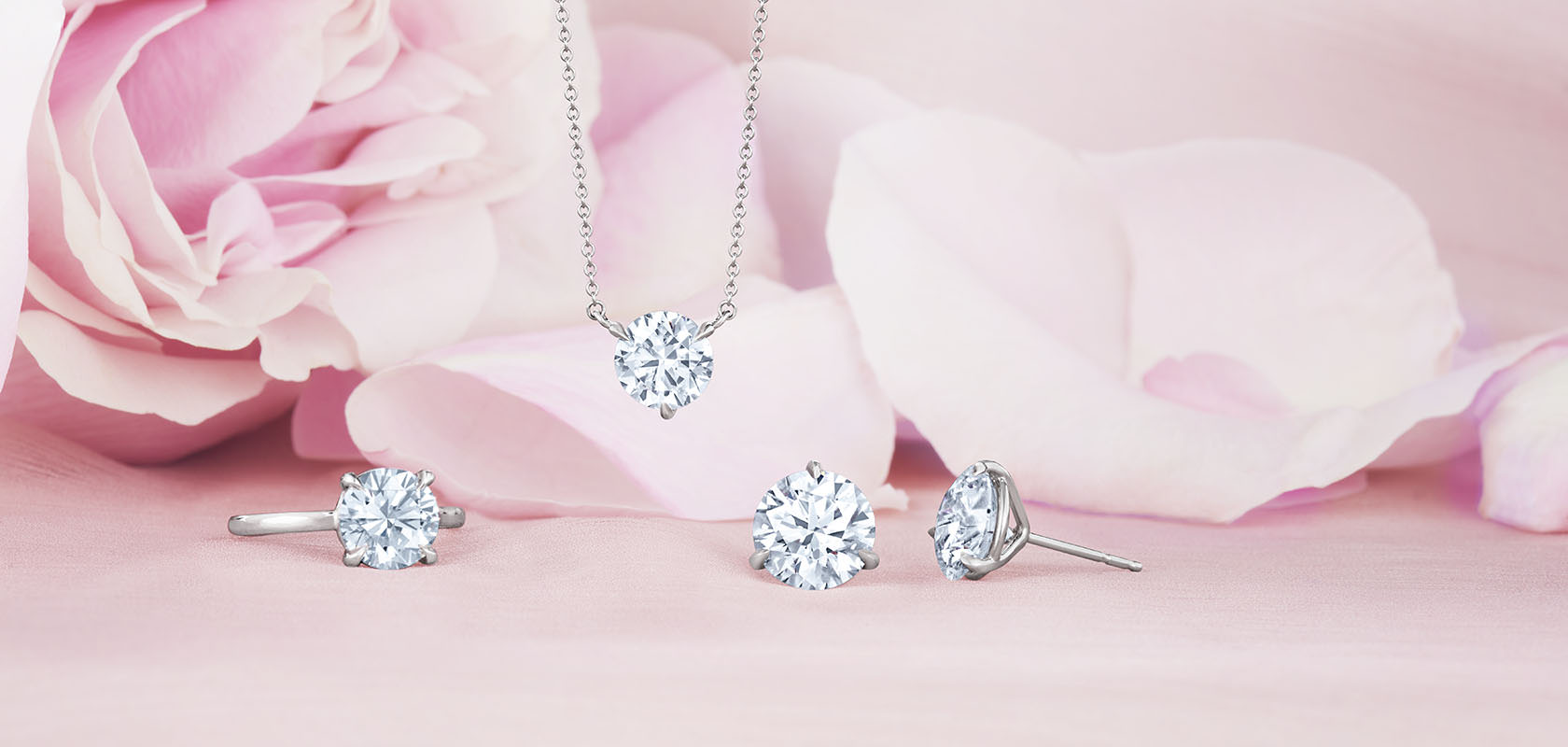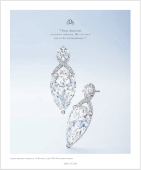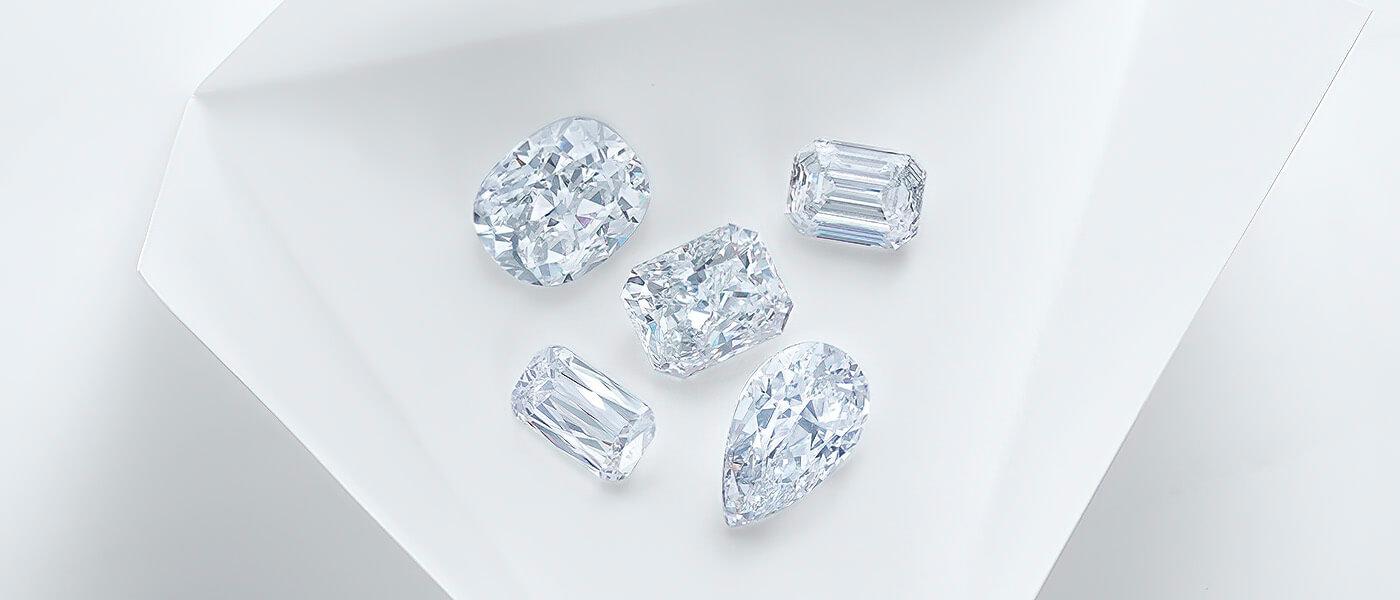Facts and Myths About Ideal Cut Diamonds
You might hear this term when you’re beginning the ring shopping process and wonder to yourself, “What is an Ideal Cut diamond?” We would like to explain more about this term, the history behind it, and why the Kwiat Tiara cut offers a superior balance of proportions, resulting in diamonds that appear larger and more brilliant for a uniquely desirable engagement ring.

The History of the Ideal Cut Diamond
So, what is an Ideal Cut diamond? Historically speaking, the Ideal Cut was the invention of Marcel Tolkowsky, a young engineering student from a prominent family of diamond cutters in Belgium. In the early 1900s, Tolkowsky published a doctoral thesis detailing how to achieve the most brilliance in a diamond. Through his studies on the physics of light, he created a formula for the specific proportions that, at the time, allowed a diamond to achieve its maximum fire and brilliance. This research was groundbreaking in Tolkowsky’s day and led to the development of diamond cuts like the Old European cut. Tolkowsky’s Ideal Cut round diamond was the original forebearer of today’s round brilliant diamonds.
The Proportions of an Ideal Cut Diamond
In his initial research, Tolkowsky created strict parameters for Ideal Cut diamond proportions. Expressly, the crown angle must be 34.5 degrees, the pavilion angle must be 40.75 degrees, the total depth must be 59.3 percent and the table must be 53 percent. These distinct specifications enhanced brilliance, which is the amount of the white light reflected, and created more fire, which is the separation of white light into its spectral colors, than previous diamond-cutting techniques.
Through the ensuing decades, the diamond trade and several gem-grading laboratories adopted a broader range of guidelines that captured the spirit of Tolkowsky’s proportions for the Ideal Cut but achieved better symmetry between those proportions for a more beautiful look overall. In detail, the crown angle may be between 34 and 36 degrees, the pavilion angle may be between 40 and 41.5 degrees, the total depth may range from 59 to 62.8 percent, and the table can range between 53 and 57 percent.

BECOME A KWIAT INSIDER
The Ideal Cut Diamond Today
While Tolkowsky’s research revolutionized the field of round diamond cutting in its day, the science behind the Ideal Cut round diamond has not entirely stood the test of time. Due to the work of the Gemological Institute of America® (GIA) and other leading diamond cutters, it’s widely accepted today that achieving maximum beauty in a diamond is not limited to one solitary set of proportions. For the GIA, Ideal Cut diamond proportions were merely a starting point.
An Ideal Cut Diamond vs Excellent Cut
More importantly, it’s the relationship between proportions that enhance brilliance, fire, and scintillation of a diamond. This relationship is at the core of GIA’s cut grading system. In fact, the GIA does not include “Ideal Cut” in its general usage. Rather, it employs the term “Excellent Cut” as its top diamond grade instead.

The Problem with the Ideal Cut
Nowadays, the words “Ideal diamond cut” are little more than a marketing concept. Different brands, jewelers, and grading laboratories each have their own definition of an Ideal Cut diamond. Furthermore, developments over the last 100 years have shown that the Ideal Cut diamond parameters tend to favor fire over brightness and brilliance. It is also now understood that there are more visually attractive combinations of angles and proportions than this historic cut prescribes.
It’s the relationship between proportions that enhance brilliance, fire, and scintillation of a diamond. This relationship is at the core of GIA’s cut grading system. In fact, the GIA does not include “Ideal Cut” in its general usage. Rather, it employs the term “Excellent Cut” as its top diamond grade instead.
At Kwiat, we firmly stand by the scientific research of the GIA and we feel strongly that the proportions of Ideal Cut diamonds are no longer the best way to cut a diamond. In particular, we believe that the table size, higher crown angle, and larger depth percentages of an Ideal Cut diamond make the stone seem smaller and lead to an unappealing fish-eye effect.
In contrast, Kwiat Tiara Diamonds are cut to appear larger and be more visually attractive, with a perfect balance of proportions that results in the brightest and most brilliant diamond possible.




